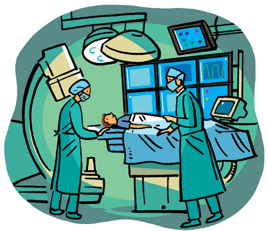- Find a Doctor
-
For Parents
- Before Your Visit
- During Your Visit
- After Your Visit
- More Resources for Parents
Patient & Visitor Resources -
Services
- Locations
-
About Us
- About Childrens
- Find it Fast
- Additional Resources
Find it FastAdditional Resources - MyCHP
ALERT:
There is construction in and around UPMC Children’s Hospital that is affecting the traffic flow – please allow for extra time traveling into the hospital.
- Find a Doctor
- For Parents
-
Services
-
Frequently Searched Services
- Asthma Center
- Brain Care Institute (Neurology & Neurosurgery)
- Cancer
- UPMC Children's Express Care
- Ear, Nose, & Throat (ENT)
- Emergency Medicine
- Endocrinology
- Gastroenterology
- Heart Institute
- Genetic & Genomic Medicine
- Infectious Diseases
- Nephrology
- Newborn Medicine
- Primary Care
- Pulmonary Medicine
- Rheumatology
- Surgery
- Transplant Programs
- See All Services
-
Frequently Searched Services
- Locations
- About Us
- MyCHP
- I Want To
- More Links









 At
At  The most important role of a parent or guardian is to keep your child calm. The best way to keep your child calm is to be calm yourself. Knowing what to expect and explaining it to your child beforehand is the best way for both you and your child to be prepared for this procedure. Here are some guidelines to use when discussing the heart cath with your child.
The most important role of a parent or guardian is to keep your child calm. The best way to keep your child calm is to be calm yourself. Knowing what to expect and explaining it to your child beforehand is the best way for both you and your child to be prepared for this procedure. Here are some guidelines to use when discussing the heart cath with your child.